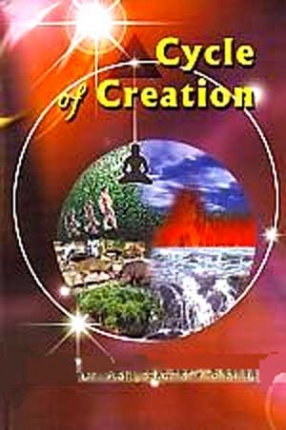The Philosophy of a Sentence and it's parts
The Philosophy of a Sentence and its Parts, is a research work of immense value on a semantic theme designed to serve as a compendium of all matters regarding the meaning of a sentence, its parts and their syntactical connection. The importance of the study of a sentence and its meaning in the domain of knowledge need not be over-emphasized. For the first time in research, material has been collected from first hand authentic Sanskrit sources of the schools of thought of the Grammarian (Vaiyakarana), the Logician (Tarkika) and the exegetist (Mimamsaka) and arranged and criticized by the author in detail with important polemical issues raised. In book I, of this work, the controversy on verbal import (Sabdabodha) among these schools has been set forth in great detail (with diagrammatical sketches) and the author has attempted a novel solution for this basing his findings on the actual nature of the controversy. Incidentally the Vakyavadin-Padavadin controversy, the reality or otherwise of words, the Sphota theory, the Anvitabhidhana and Abhihitanvaya points of view as also the theories of sentence-meaning-Intuition (Pratibha), Syntax (Samsarga) and the syntactically connected (Samsrsta)-all these have been dealt with along with a critical estimate of their defects and merits. Not only the meaning of a sentence in general but the (import of different typical sentences has been explained in relevant places according to the different schools. In Book II, of this work, the meaning of the parts of a sentence viz. the verbal root (Dhatvartha), the verbal affix (lakarartha), the nominal stem (Pratipadikartha) and the case affix (Subartha) have been discussed with their disputational details according to the three schools of thought. The meaning of complex formations (Vrttivicara), the expressional potentiality of the Sanskrit language, its limitations and the order of words in a Sanskrit sentence have been tried. To facilitate a clear understanding of and an easy reference to the work, a glossary of technical terms and a concordance have been given as an appendage.
Get it now and save 10%
BECOME A MEMBER








Bibliographic information